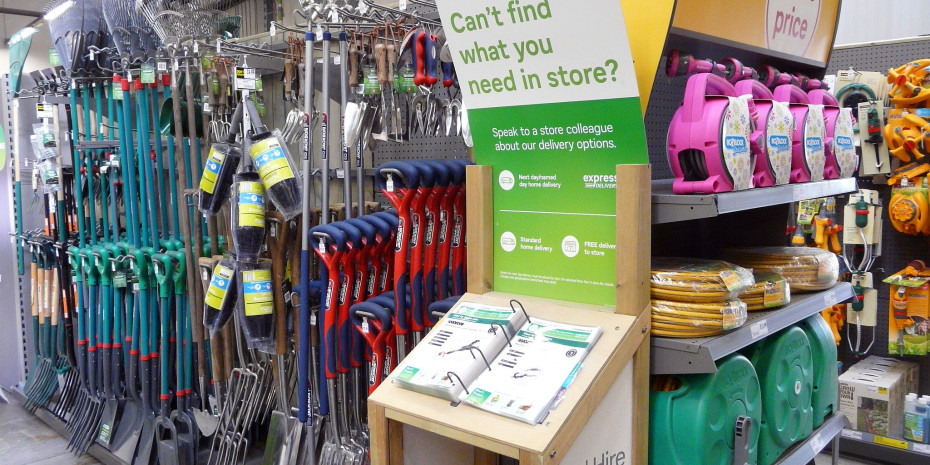Among the many disruptive effects of the internet on the retail industry, showrooming is probably one that has generated the most noise in recent years.Since the introduction by Amazon of its "price check" feature back in 2010 and amid tough economic conditions in developed countries, price comparison has become a key aspect of the path to purchase. Showrooming (visiting a physical store to look for a product but making the actual purchase online) has made it even more critical for store-based retailers, as consumers often make a trip to a store solely to gather product information and then look online for a cheaper deal.In industries such as consumer electronics, showrooming has even been blamed for the demise of several high street retailers (Comet and Jessops in the UK for example).When looking at both Western Europe and North America, it is clear that store-based home improvement and gardening specialist retailers have suffered somewhat, with the total number of outlets declining over 2009-2014.
Mr. DIY’s European expansion “under careful consideration”
Is there a place for Mr. DIY, the Malaysian powerhouse, in Europe? DIY International’s Asia correspondent Jennee Grace U …
However, the end of the high street and big box stores, which some predicted would happen back in 2012, has not happened, and although pricing remains a key part of consumers' decisions, other aspects are equally important, such as service, proximity, the in-store experience and the immediacy of coming back home with a product in hand.The initial hype and excitement surrounding showrooming seem to have been a fad, mainly because bricks-and-mortar stores have adapted to the threat.When looking back over the last five years, it seems that showrooming is making way for webrooming (looking for information about a product online but making the actual purchase in a physical store). This trend has been pointed out by store-based retailers themselves and was also revealed in a recent Euromonitor International survey on shopping habits. Among the 8 000 online consumers surveyed, 35 % said they always "look online prior to in-store purchase", versus 27 % who always "go to store prior to online purchase".Touching is believingAmong the key reasons for the popularity of webrooming is a persistent need to touch and see a product in person. Even pricing does not seem to be a determining factor, which points to most…




